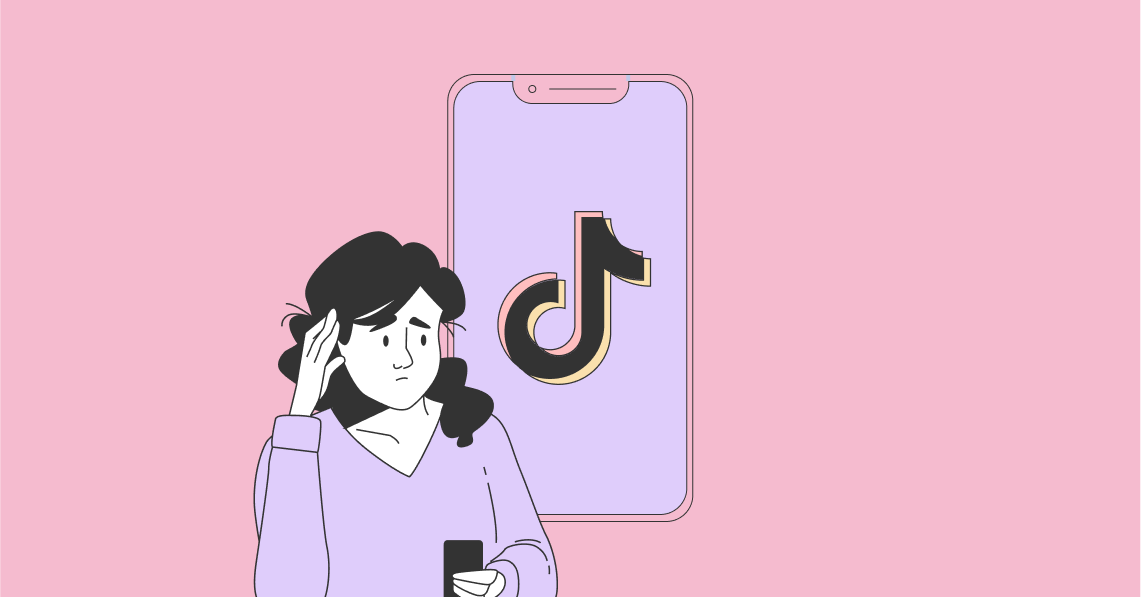The Invisible Punishment: How to Tell If You’ve Been Shadowbanned on Social Media
Social media has become an integral part of modern communication, yet many users remain unaware of a subtle form of content restriction that can severely limit their online reach. Being shadowbanned represents one of the most frustrating experiences for content creators and casual users alike, as it operates in complete silence, leaving individuals wondering why their once-thriving accounts have suddenly gone quiet. Unlike traditional bans that notify users of violations, this hidden form of restriction allows you to continue posting whilst simultaneously hiding your content from most of your audience.
The concept of being shadowbanned originated as a method to combat spam and malicious behaviour without alerting bad actors to the fact they had been caught. When someone is shadowbanned, their posts appear normal to them, creating the illusion that everything is functioning properly. However, their content becomes invisible or dramatically reduced in visibility to other users, effectively rendering them silent in the digital space. This approach was designed with good intentions, but it has evolved into a controversial practice that can affect innocent users who may have unknowingly violated vague community guidelines or triggered automated systems.
Understanding whether you’ve been shadowbanned requires careful observation and analysis of your account’s performance. The first indication often appears as a dramatic drop in engagement metrics. If you’ve been shadowbanned, you’ll notice that posts which previously garnered hundreds of likes, comments, and shares now receive minimal to no interaction whatsoever. This sudden change occurs without warning and cannot be explained by normal fluctuations in content quality or posting times. The silence becomes deafening as your carefully crafted posts seem to vanish into the void.
One of the most reliable methods to determine if you’ve been shadowbanned involves asking trusted friends or followers to search for your content. When someone is shadowbanned, their posts typically won’t appear in hashtag searches, discovery feeds, or even in the timelines of some followers. Have someone who doesn’t follow you search for hashtags you’ve recently used; if your posts don’t appear whilst other recent content does, you’re likely experiencing restrictions. Similarly, ask followers whether they’ve seen your recent posts in their feeds, as being shadowbanned often means your content won’t reach even those who have specifically chosen to follow you.
The timeline of your engagement patterns can reveal whether you’ve been shadowbanned or are simply experiencing natural decline. Review your analytics over several weeks or months, paying particular attention to when the drop occurred. If you’ve been shadowbanned, the change will be abrupt and dramatic rather than gradual. Your reach and impressions will plummet suddenly, often correlating with a specific post or action you took on the platform. Normal engagement fluctuations follow curves and patterns, whilst shadowbanning creates a cliff-like drop that doesn’t recover without intervention.
Hashtag functionality serves as another crucial indicator when determining if you’ve been shadowbanned. Social media platforms rely heavily on hashtags to distribute content to interested audiences. When you’ve been shadowbanned, your posts will fail to appear in hashtag feeds, even for relatively obscure tags with minimal competition. Test this by creating posts with a mix of popular and niche hashtags, then searching for those tags from a different account or whilst logged out. If none of your posts appear in any hashtag feeds, you’re almost certainly experiencing shadowban restrictions.
The search function provides yet another avenue for detection when you suspect you’ve been shadowbanned. Log out of your account or use a different device to search for your username or handle. If you’ve been shadowbanned, your account may not appear in search results, or it might be buried far below where it should logically rank based on your follower count and activity level. Some platforms implement partial shadowbans where your profile remains searchable but your individual posts don’t circulate, whilst others restrict both profile and content visibility.
Comments and interactions can also signal whether you’ve been shadowbanned, though this requires attention to detail. When shadowbanned, your comments on other people’s posts may not be visible to anyone except yourself and possibly the original poster. This creates a particularly isolating experience, as you continue engaging with content believing you’re participating in conversations, when in reality your contributions remain hidden from the broader community. Ask someone to check whether they can see your comments on public posts to verify this aspect.
The duration and persistence of reduced visibility helps distinguish between being shadowbanned and temporary algorithmic changes. Platforms regularly adjust their algorithms, which can cause short-term fluctuations in reach and engagement. However, if you’ve been shadowbanned, the reduced visibility persists regardless of content changes, posting times, or engagement tactics that previously proved successful. The restriction continues until either the platform’s automated systems decide you’ve served sufficient penance or you take specific corrective actions.
Content type sometimes determines whether you’ve been shadowbanned partially or completely. Some users find that certain formats—such as videos, images, or text posts—perform dramatically worse than others. If you’ve been shadowbanned, you might notice that posts containing external links receive zero visibility whilst photo posts without links perform slightly better. This selective restriction suggests the platform’s algorithms have flagged specific behaviours rather than banning your account entirely.
The frustrating aspect of being shadowbanned lies in the lack of transparency and communication from platforms. Unlike traditional bans that arrive with explanations and appeals processes, those who’ve been shadowbanned receive no notification, no explanation, and often no clear path to restoration. This silence forces users to detective work, piecing together clues from their analytics and conducting tests to confirm their suspicions. The ambiguity serves the platforms’ interests by making it difficult for bad actors to game the system, but it also leaves legitimate users bewildered and powerless.
Recovery from being shadowbanned typically requires identifying and ceasing whatever behaviour triggered the restriction. Common causes include posting too frequently, using banned or flagged hashtags, receiving numerous reports from other users, or sharing content that algorithms interpret as spam. Once you’ve confirmed you’re shadowbanned, stop all posting activity for several days, review community guidelines thoroughly, and remove any potentially problematic content. When you resume posting, do so conservatively, avoiding suspicious hashtags and maintaining authentic engagement patterns.
Prevention remains the best strategy regarding shadowbanning, though the opaque nature of platform algorithms makes this challenging. Avoid using automation tools, bots, or engagement pods that artificially inflate your metrics. Don’t repeatedly post the same content or hashtags, as this triggers spam filters. Ensure your content complies with community guidelines, even the subtle or vaguely defined rules that platforms rarely enforce consistently. Build genuine connections rather than focusing solely on growth metrics, as authentic engagement patterns are less likely to trigger shadowban algorithms.
Understanding whether you’ve been shadowbanned empowers you to take corrective action rather than continuing to shout into the void. The experience serves as a reminder that social media platforms operate as private entities with their own rules and priorities, not public utilities guaranteeing free expression. By recognising the signs of shadowbanning and adapting your behaviour accordingly, you can navigate these digital spaces more effectively whilst maintaining your ability to connect with your intended audience. The invisible punishment of shadowbanning may be frustrating, but awareness and strategic adjustment can help you break through the silence.
Get in Touch:
Searchlight Social
2880 Cochran St #1109, Simi Valley, CA 93065, United States
+1 805-850-3103
searchlightsocial.com




